Art as a sensitive, intellectual and bodily experience, as a possibility of knowledge that excludes no one and is nourished by plurality of languages, visions, techniques. It is from this assumption that Nobody Excluded starts in Verona . Languages of the Work and Access to the Sensitive, the new exhibition project promoted by Fondazione Cariverona and UniCredit with Urbs Picta, curated by Cesare Pietroiusti, which opens on Friday, September 12, 2025 at 7 p.m. between the spaces of the Foundation’s headquarters in Via Achille Forti 3A and the sixteenth-century spaces of UniCredit’s Verona branch in Via Garibaldi 1. The exhibition, with free admission, will remain on view until Aug. 30, 2026, marking a year of intense collective reflection on the meaning of art, access to beauty and the need to break down the exclusive canons that have governed aesthetic enjoyment for centuries.
The exhibition, which features more than fifty works from the collections of Fondazione Cariverona, UniCredit and the curator himself, brings different artists, eras and languages into dialogue. The challenge is not to reduce the complexity of the works to reach a wider audience, but on the contrary to recognize that it is precisely in the multiplicity of expressive codes that lies the possibility of authentic access to the sensitive. Beauty, understood as perceptive intensity and density of meaning, is thus claimed as a universal right, to be guaranteed through an open confrontation between non-uniform experiences and heterogeneous gazes.
Nobody Excluded constitutes the first stage of the broader project Interregno, the new interdisciplinary palimpsest of Fondazione Cariverona with Urbs Picta, realized in collaboration with the Museo del Contemporaneo of the University of Verona and under the artistic direction of Jessica Bianchera. For an entire year, the city will host three major exhibition itineraries and a full calendar of public initiatives: free workshops for schools and families, guided tours, educational meetings and activities spread throughout the territory. The goal is to critically interrogate the concepts of normality and diversity, deconstructing the aesthetic and social canons that have traditionally excluded nonconforming bodies and visions, to instead recognize difference as a constitutive value.

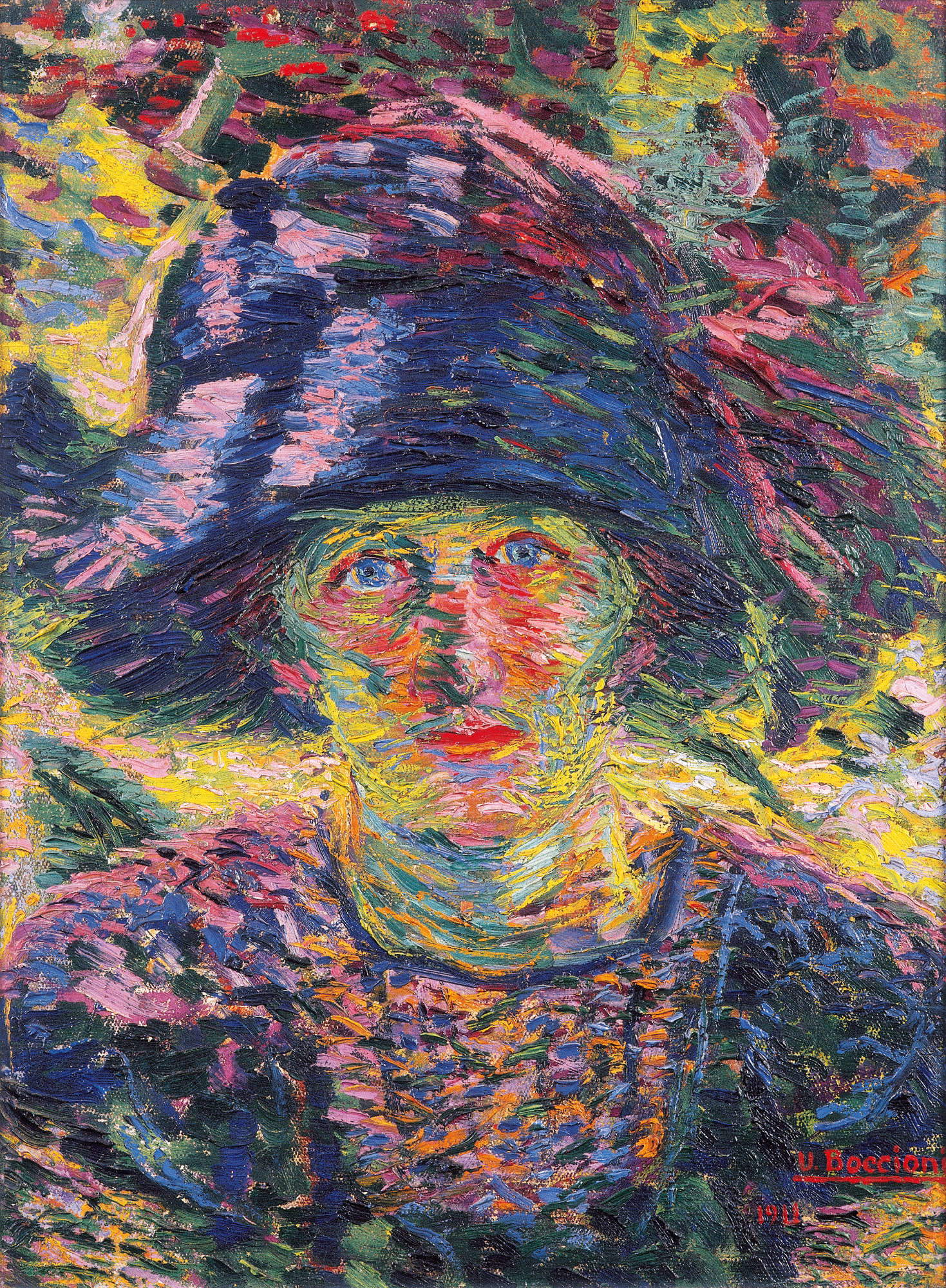
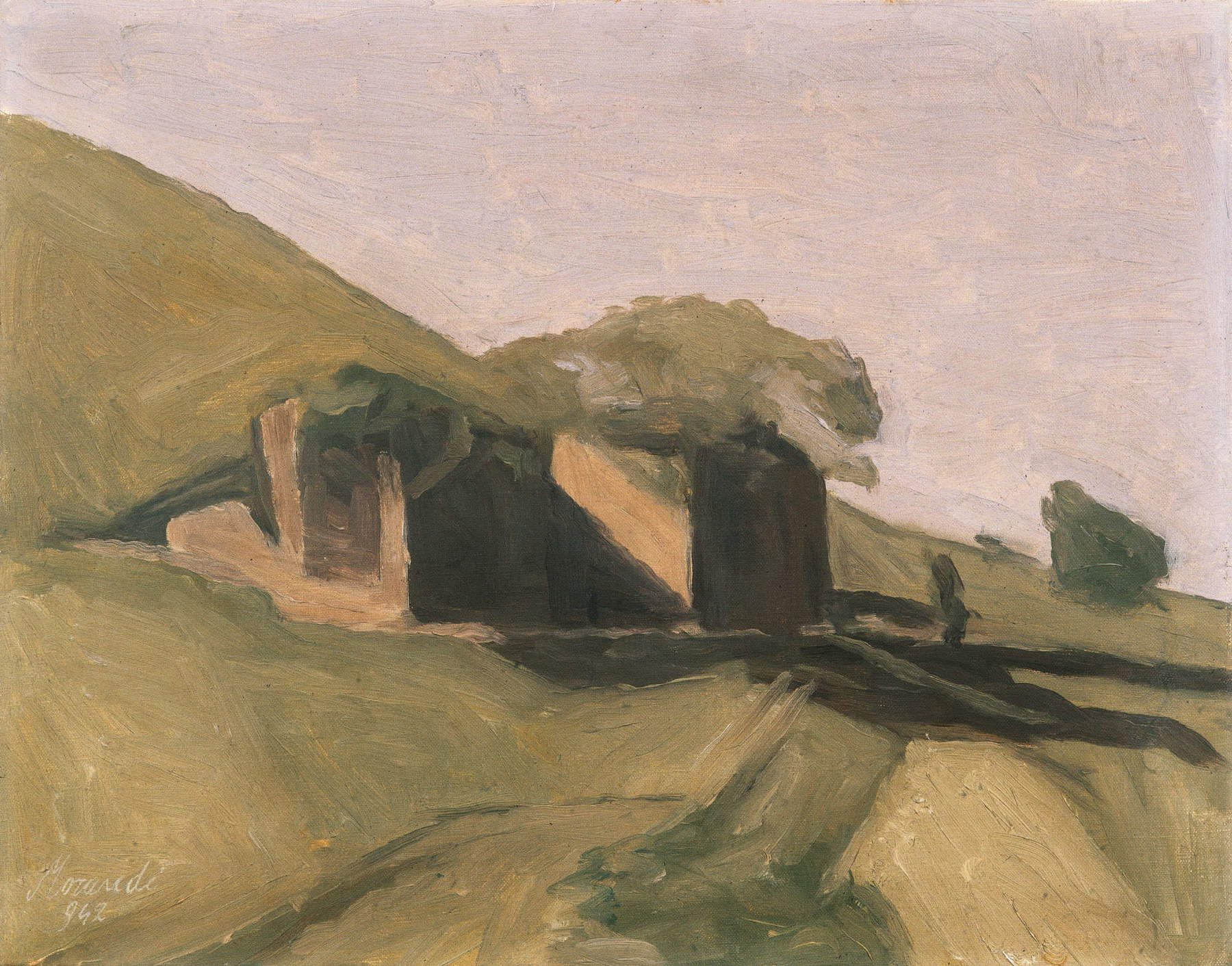
The project curated by Pietroiusti aims to bring to the stage an interweaving of stories and perspectives. On the one hand, works from institutional collections, which open to a broad historical scope; on the other, works belonging to his personal collection, the result of exchanges, friendships, and workshop contexts. For the Roman artist, trained in medical-psychiatry and always interested in paradoxical and marginal situations, collecting has become a biographical gesture, a way of interweaving the macro of art history with the micro of personal relationships. In this tension between the individual and the collective, between the private gesture and the shared heritage, lies one of the most vital elements of the exhibition.
The path thus welcomes the visitor into a dialogue of differences. The portraits of Umberto Boccioni and Giorgio Morandi stand side by side with the sculptures of Alberto Viani and the mechanical tensions of Arcangelo Sassolino; the visionary interiority of Carlo Zinelli confronts the quotidian and meta-reflexive photographs of Luigi Ghirri; and the experiments of contemporary artists such as Kateřina Šedá, Claudia Losi, Massimo Bartolini and Marcello Maloberti open new trajectories of meaning. There is no lack of attention to historical memory: the exhibition opens with three depictions of St. John the Baptist, dating between the fourteenth and sixteenth centuries, united by the prophetic gesture that invites listening to what is to come, a symbolic and inclusive signal that orients the entire itinerary.
The relationship between epochs and languages creates unexpected juxtapositions. The sober and intimate brushstrokes of Morandi’s landscapes dialogue with Kateřina Šedá’s printed shirts; Viani’s polished forms are placed in tension with the crooked figures of Michael Noble and Mirko Basaldella; Ghirri’s photographic vertigo meets the domestic fire of the stove painted by Renato Guttuso, in a short-circuit between the abstract and the realistic that restores the ambivalence of the contemporary gaze. The exhibition aims to be an invitation to think of the work not as an object to be passively contemplated, but as an active space of confrontation, as a place where the plurality of languages becomes a tool for inclusion and accessibility.
Nobody Excluded, which can be visited free of charge at the two locations of Fondazione Cariverona and UniCredit, will be accessible by reservation for schools and groups at corsi@urbspicta.org. Extraordinary openings are planned on September 12, 13 and 14, 2025, on the occasion of the opening, and during the weekend of ArtVerona (October 10-12, 2025), with guided tours and activities curated by Urbs Picta.
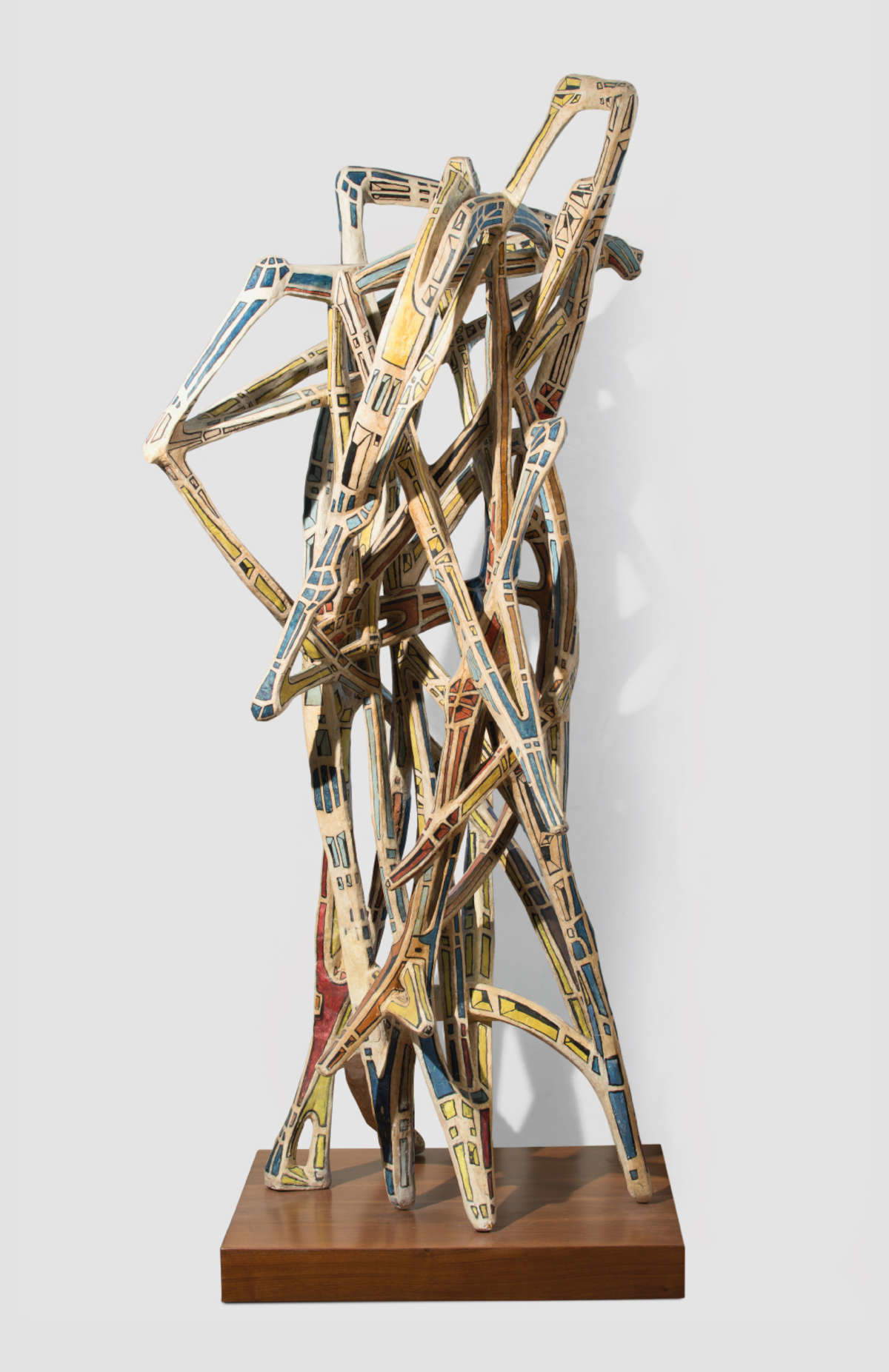
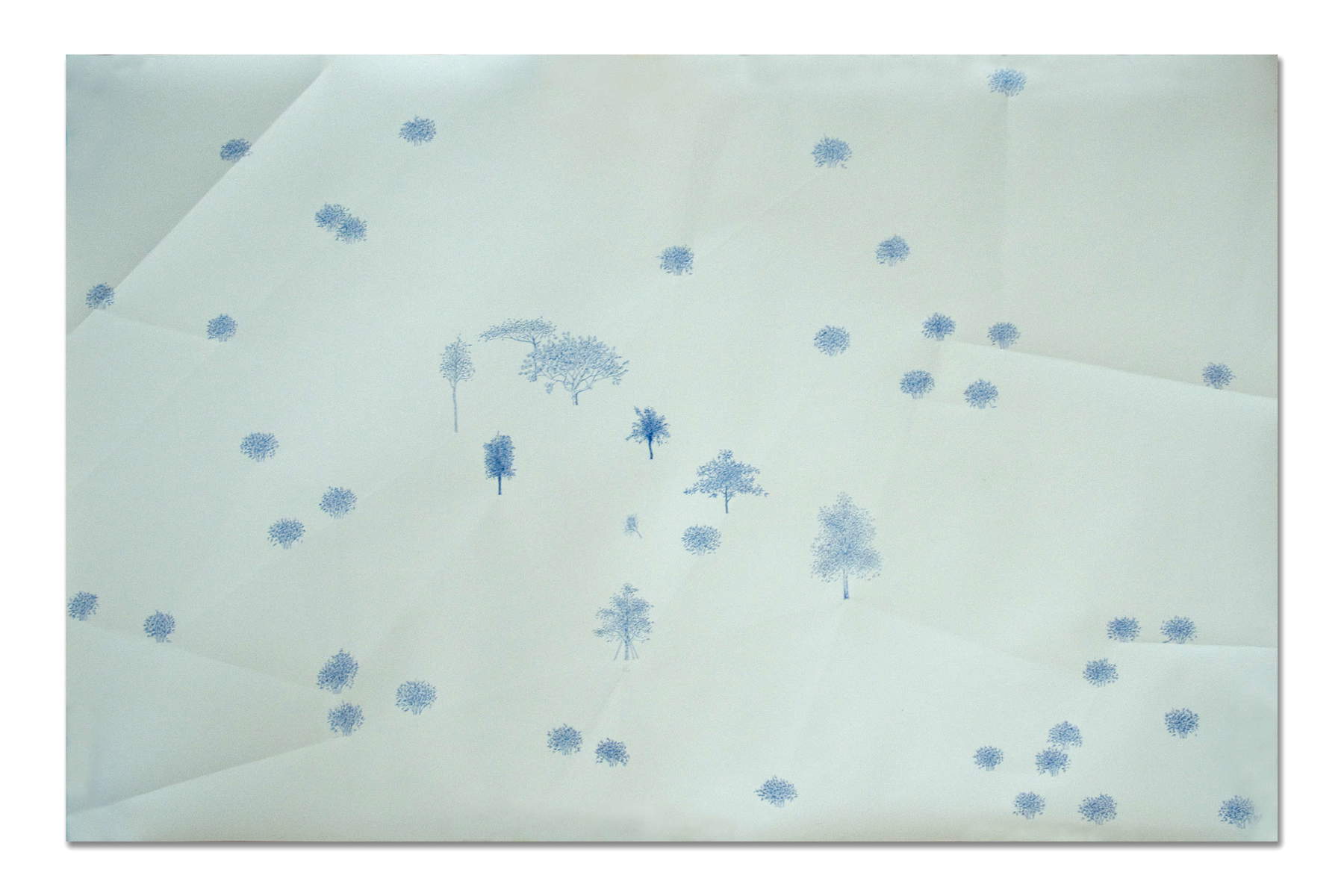
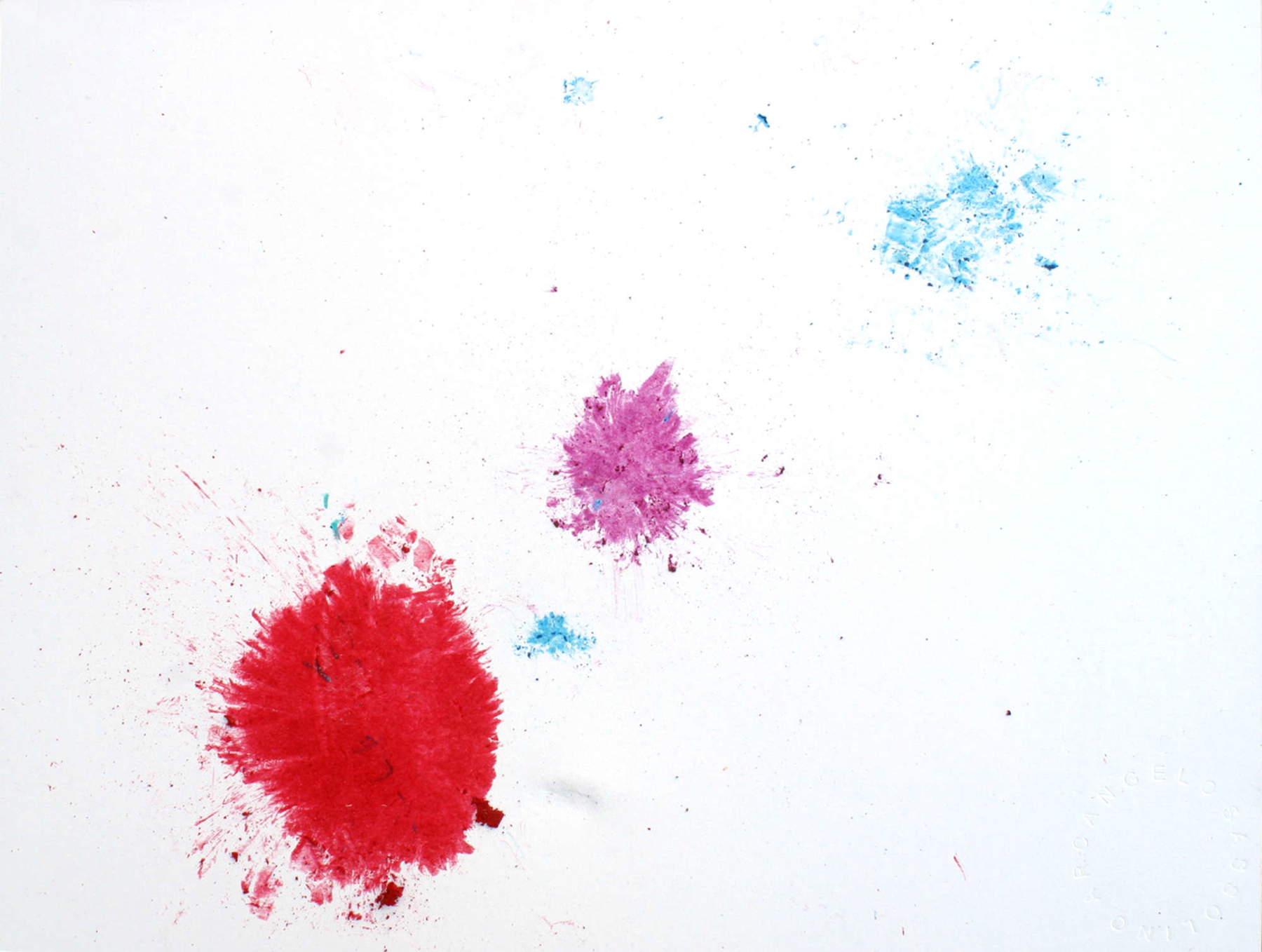
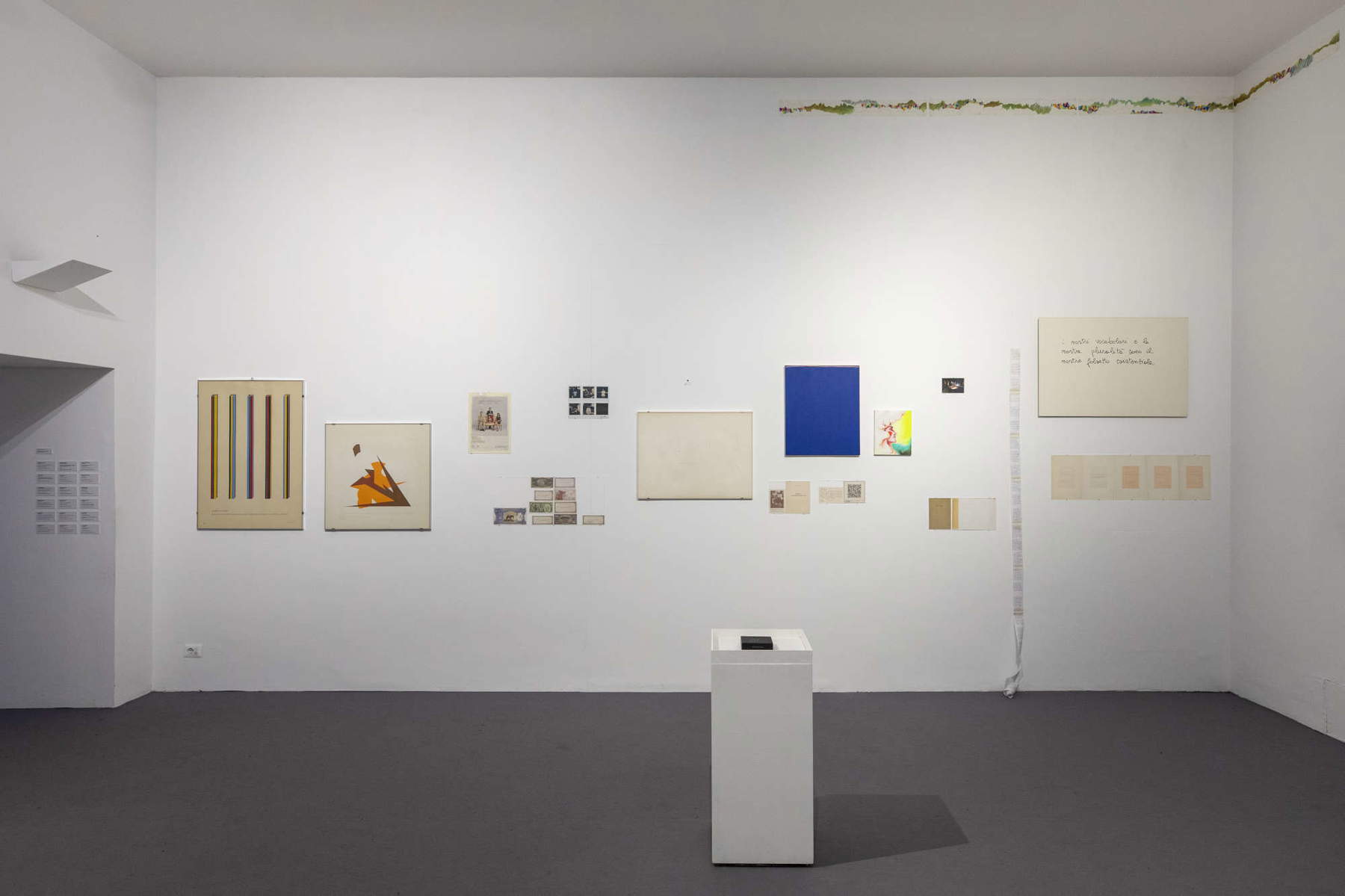
Cesare Pietroiusti, curator of Nessuno escluso, says, “Choosing from the hundreds of works available was a pleasure, a responsibility, but also a discovery. The ’journey’ inside these collections of Fondazione Cariverona and UniCredit is a journey not only through the centuries, but also through differences in techniques, languages, expressive intentions, buyer’s taste, local and international. The discovery lies in the fact that it is precisely heterogeneity, the meeting of differences that at first glance are incomprehensible, that represents not only a key to interpretation, but also a real key to access. To what? To the sensitive, to that thing that we often, referring to art, call ’beauty’. I believe that this possibility of access is a right of everyone and everyone, no one excluded; a fundamental right, like that to the means of subsistence, an access that produces wealth and well-being, and that is necessary so that material wealth and well-being do not become - as is increasingly the case - arrogance, dissatisfaction, unhappiness (experienced and given). With the exhibition Nobody Excluded I would like to share the experience that each of the exhibited works represents a possibility of enjoyment (in all senses) of the right I am talking about, through some form of relationship (visual, conceptual, narrative) with each visitor: to them I would like to propose an approach that goes beyond the I-like/ I-don’t-like and that grasps, instead, in the path between one work and another, that possibility. This is the criterion that guided me in the selection: to choose works that highlight differences. Perhaps an exhibition can be said to be ’successful’ precisely when so many different works, none excluded, constitute a whole capable, in those who pass through it, of ’generating sensitive’: sensation, meaning, thought.”
Jessica Bianchera, artistic director of Interregno, says, "The exhibition Nobody Excluded fits into Interregno’s palimpsest as a pivotal moment of a multi-year curatorial reflection conducted with Fondazione Cariverona, around the relevance of the collection and, more generally, the role that art can play in generating forms of knowledge, access and relationship. Nobody Excluded represents a nodal moment within this path, in which reflection is translated into exhibition practice and into a shared project with UniCredit, which focuses on the plurality of languages and sensibilities. In continuity with the work done in past years, this project questions the idea of a homogeneous and normed public to affirm, instead, access to the sensitive as a shared right and possibility. Interregno was born precisely from this need: to make visible the frictions between rules and openings, between belonging and differences, between memory and possibility, inaugurating a new year of work based on plurality and listening."
On the significance of this project for the territory and for the Foundation’s mission, Fondazione Cariverona President Bruno Giordano spoke: “As a Foundation we believe that culture is an essential lever for the human and social development of our territories. Nobody excluded and the Interregno project fully embody this vision: using art to create connections, generate knowledge and give space to all sensibilities, without barriers. The dialogue between different works and languages at the heart of this exhibition reflects the dialogue we want to promote in the territory: plurality of viewpoints, open access, sharing. We enhance our collections not only to preserve them, but to put them at the service of the community, strengthening social capital and fostering new opportunities for encounters. The work shared with Urbs Picta, UniCredit and the other partners shows how important it is to network for cultural growth that also becomes social growth. It is a commitment in which we deeply believe, because we know that beauty and culture, when accessible to all, can truly change the future of communities.”
Francesco Iannella, Regional Manager Northeast of UniCredit, concludes, “The exhibition curated by artist Cesare Pietroiusti, which we are going to inaugurate in September at the premises of our Verona Garibaldi agency, is the result of the common sensitivity of UniCredit and its partner Fondazione Cariverona toward the theme of art. Art understood here as an element of enhancement and expression, as well as a factor of growth and socio-cultural development of the territories in which we operate. For these reasons we are, therefore, particularly pleased to open to the Veronese community the spaces of the 16th-century former Palazzo Gherardini, which now house our Verona Garibaldi branch.”
 |
| "No one excluded": art and plurality on display in Verona with Fondazione Cariverona and UniCredit |
Warning: the translation into English of the original Italian article was created using automatic tools. We undertake to review all articles, but we do not guarantee the total absence of inaccuracies in the translation due to the program. You can find the original by clicking on the ITA button. If you find any mistake,please contact us.